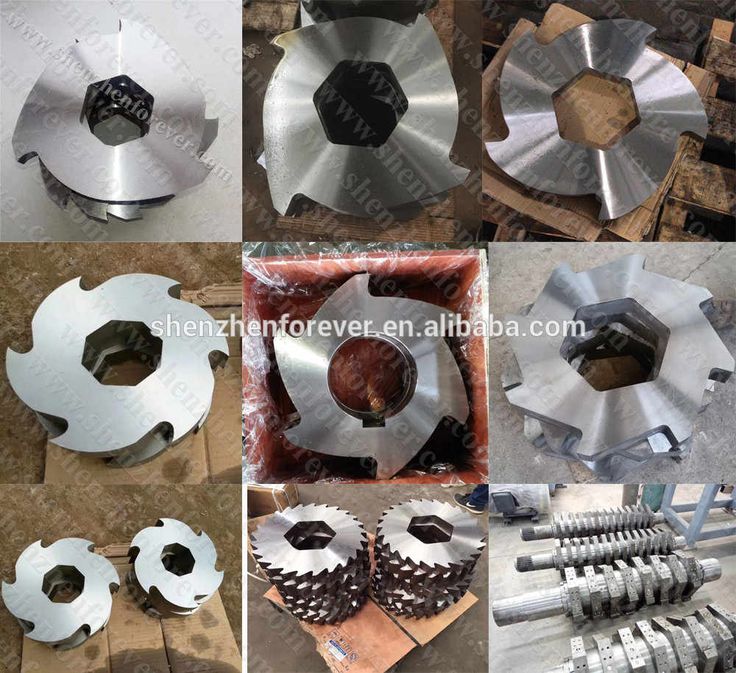Search ...
Contact REC for our turnkey - Vecoplan Tire Shredding Systems
Typical System
Recycling Equipment Corporation can help you put in a complete Tire Recycling System. The basic Tire Shredder (Starting at $130,000.00) is designed to cut tires into roughly 2"x2" inch particles for the Tire Derived Fuel (TDF) market. By adding additional conveyors and another shredder we can ruduce these to a finer product ranging from 5/8" to 1" used in application like mulch.
Processing Pointers
Below, we provide a general overview on the process used to make TDF, wire-free chip and crumb rubber as small as 1/4 inch in size.
Step 1 — The Primary Shredder. As of today, approximately 50 percent of recycled tires are used as TDF. TDF is defined as a 2-inch-by-2-inch (sometimes even a 1-inch-by-1-inch) particle that still contains the steel wire. You can make TDF with a single shredder, called a "primary shredder," a vibratory screener and some conveyors.
Primary shredders to handle passenger tires start at about $130,000 to $150,000. If you want to handle passenger tires and truck tires (but not OTR, or off-the-road, tires), then you can plan on spending roughly $300,000 for the primary shredder.
You should plan to spend $200,000 to $250,000 for the vibratory screener and conveyors required for your TDF production system.
Whole tires are loaded onto a roller belt conveyor that takes the tires up into the primary shredder. After passing through the primary shredder, the "shreds" fall onto the vibratory screener. Pieces larger than 2 inches by 2 inches are carried onto a "return conveyor" that brings them back to the primary shredder where they are shredded again (and again and again, if necessary) until they are 2 inches by 2 inches or smaller.
The "unders" (the pieces sized 2 inches by 2 inches or smaller) are now TDF and are removed from the vibratory screener via another belt conveyor.
A system like this, laid out in a straight line, would be approximately 80 feet long and about 20 feet wide, at maximum.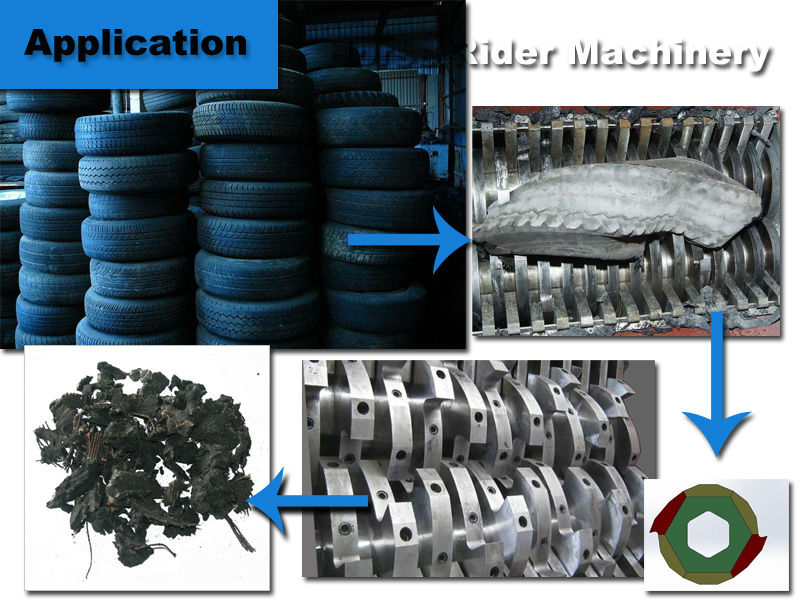 The approximate investment would be $300,000 to $500,000, depending on whether you are processing passenger tires only or passenger and truck tires. The approximate operating costs of the system as described is $12 to $15 per ton, and the end product value could range from $25 to $50 per ton, depending on your market, the quality of the TDF, customer demand, etc.
The approximate investment would be $300,000 to $500,000, depending on whether you are processing passenger tires only or passenger and truck tires. The approximate operating costs of the system as described is $12 to $15 per ton, and the end product value could range from $25 to $50 per ton, depending on your market, the quality of the TDF, customer demand, etc.
A secondary shredder is required to liberate tire wire (top) from rubber (bottom) when processing tires.
Step 2 — The Secondary Shredder. Some markets require a particle size of less than 2 inches by 2 inches and, more importantly, they require the material to be "wire free." To produce a wire-free product, a secondary shredder must be added to the processing line.
Vecoplan offers a rotary tire re-shredder, or RTR, that has a single rotating head (called the "rotor") that has knives (or "cutters") mounted on it. The RTR has a hydraulic ram that pushes the pre-shred into the rotor and a PLC program that controls the feed rate of that ram based on the amp load of the main drive motor.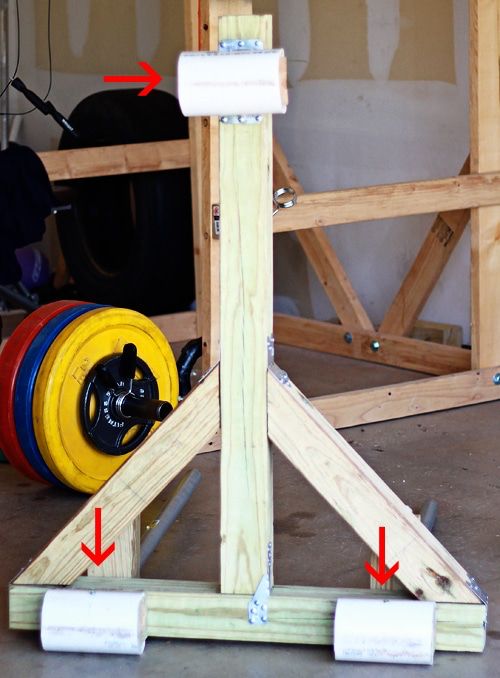 The cutters on the rotor pass through a stationary bed knife, cutting the rubber and pulling the wire from the pre-shred.
The cutters on the rotor pass through a stationary bed knife, cutting the rubber and pulling the wire from the pre-shred.
A stationary screen controls the particle size of the material. The smaller the screen, the longer the material stays inside the machine. Screens are offered in various sizes and are interchangeable.
The rubber and wire come out of the RTR in the same stream, so the product gets carried away via a drag chain conveyor that is equipped with a self-cleaning, rotary drum magnet. The wire is separated from the rubber at this point. The rubber, now mostly "wire free," is dropped into super sacks.
The approximate investment to add this second shredder is $250,000 to $500,000, while the approximate operating cost for this equipment is $9 to $15 per ton. The typical size of product ranges from 5/8 inches to 1 inch and it is suitable for a range of markets, including playground cover, landscaping mulch, arena cover, wire-free TDF and an engineering grade replacement for gravel at a value of $150 to $200 per ton, depending on market, material quality, customer demand, etc.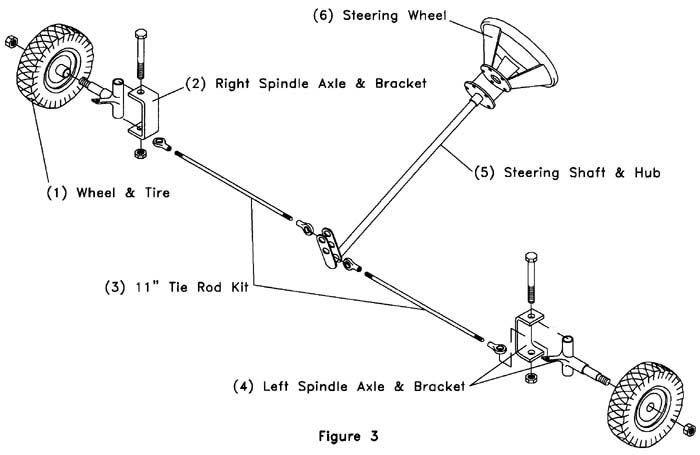
The wire derived through this processing step can be valued at $40 to $120 per ton, again depending on market, quality, customer demand, etc.
Step 3 — Granulation. You can demand more money for your final product the smaller it is. And now that you have the wire out of the rubber, further size reduction is easier. Granulators can take the 3/4-inch-minus material out of the secondary shredder and reduce it down to about 1/4 inch to 1/2 inch, depending on the need. If additional size reduction is required after the granulator, then it is necessary to reduce the material down to at least 1/2 inch to 1/4 inch to prepare the material for the next step.
In addition to the further size reduction this step offers, it also aids in removing the loose fabric from the shredded material. (Passenger tires have about 10 to 15 percent nylon or polyester fabric in them by weight.) Separating the fabric from the rubber is typically done using an air system, which "lifts" the loose fabric out of the material stream.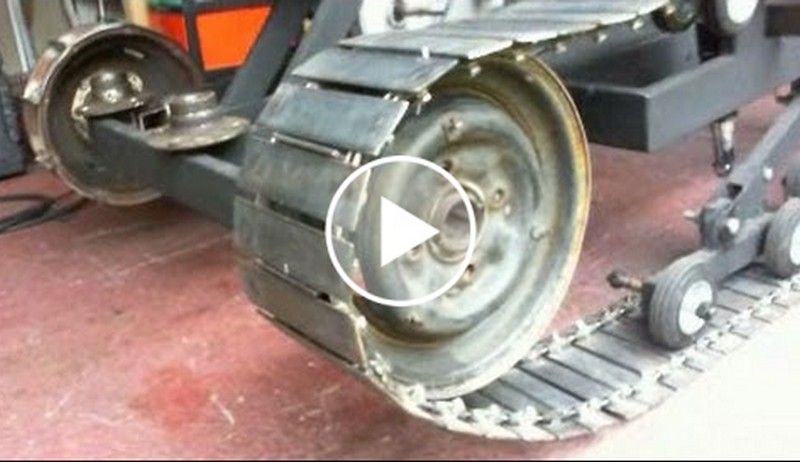 Each time the material is downsized, more fabric will be liberated from the rubber, and fabric separation will be required. However, some of the fabric can (and will) stay embedded in the rubber.
Each time the material is downsized, more fabric will be liberated from the rubber, and fabric separation will be required. However, some of the fabric can (and will) stay embedded in the rubber.
The approximate investment for the third processing step is $350,000 to $500,000, while the typical product size is 1/4 inch to 1/2 inch. Suitable end markets include horse arena cover and sports field additive, among others. The typical product value ranges from $200 to $300 per ton, depending on factors such as market, quality and customer demand.
The United States generates approximately 300 million scrap tires per year. Through government interaction and entrepreneurial initiative, tire recycling has become a big business. From TDF (tire-derived fuel) to playground cover to landscaping mulch to asphalt additives, the uses for recycled tires are growing.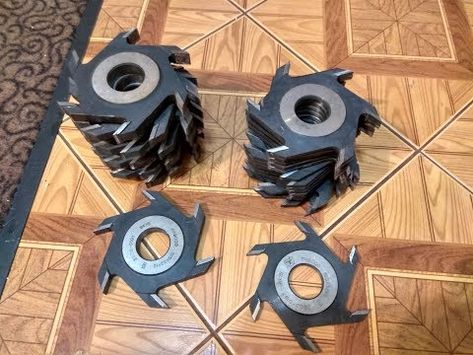
Points to Consider
Developing a business plan for recycling tires involves many aspects that can easily be overlooked, such as: The number of tires you can gain access to within a 200-mile radius;The type of tires you can access—passenger tires, light truck tires or both;The amount you can charge to collect the tires;Finding customers who will purchase the shredded tires; andThe ultimate end market use—TDF, landscaping material, playground cover or engineering grade powders.
It is our experience that you need to have access to about 500,000 tires per year to begin working on a successful business model. Anything less than this will not justify the initial capital investment required.
The next thing you need is a customer (preferably a large group of customers) that will purchase the ground rubber from you. The price you can get for ground rubber is a simple, relatively linear formula. The finer you grind the tires, the more money you can sell the material for.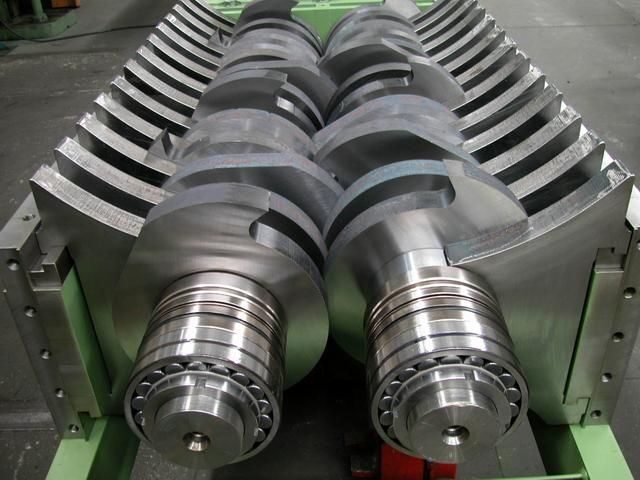 However, the finer you grind the tires, the more equipment you will require. You cannot, for example, make chips or crumb (1/4-inch minus down to 200 mesh) with a single shredder. In fact, getting down to 30 or 40 mesh typically involves as many as four steps in the shredding process.
However, the finer you grind the tires, the more equipment you will require. You cannot, for example, make chips or crumb (1/4-inch minus down to 200 mesh) with a single shredder. In fact, getting down to 30 or 40 mesh typically involves as many as four steps in the shredding process.
Recycling Equipment Corporation
831 W 5th Street, Lansdale, PA 19446
Phone: 267-218-7200 Fax: 267-218-7215
Click here or Call us for more info on this Machine
Video
Contact Now
Video
Contact Now
Video
Contact Now
Video
Contact Now
Video
Contact Now
Video
Contact Now
Video
Contact Now
Video
Contact Now
Contact Now
Video
Contact Now
Video
Contact Now
Video
Contact Now
Video
Contact Now
Video
Contact Now
Video
Contact Now
Video
Contact Now
Video
Contact Now
Video
Contact Now
Video
Contact Now
Video
Contact Now
Video
Contact Now
Video
Contact Now
Video
Contact Now
Video
Contact Now
Video
Contact Now
Video
Contact Now
Video
Contact Now
Video
Contact Now
Contact Now
Video
Contact Now
Video
Contact Now
Contact Now
{{ util.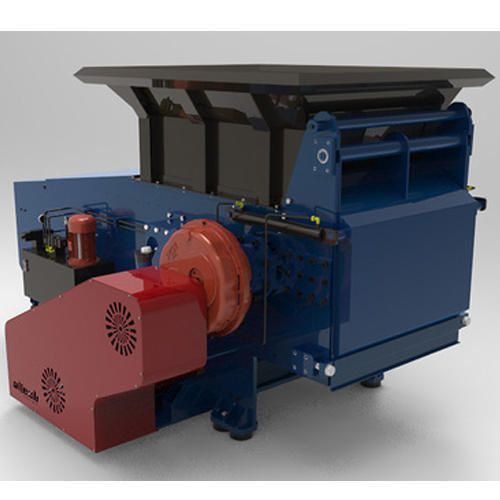 each(imageUrls, function(imageUrl){ }}
each(imageUrls, function(imageUrl){ }}
{{ }) }}
{{ if(imageUrls.length > 1){ }}
{{ } }}
| Business Type: | Manufacturer/Factory | |
| Business Range: | Manufacturing & Processing Machinery | |
| Main Products: | Waste Tire Recycling Machine , Nail Making Machine , Rubber Crusher , Tire Shredder , Tire .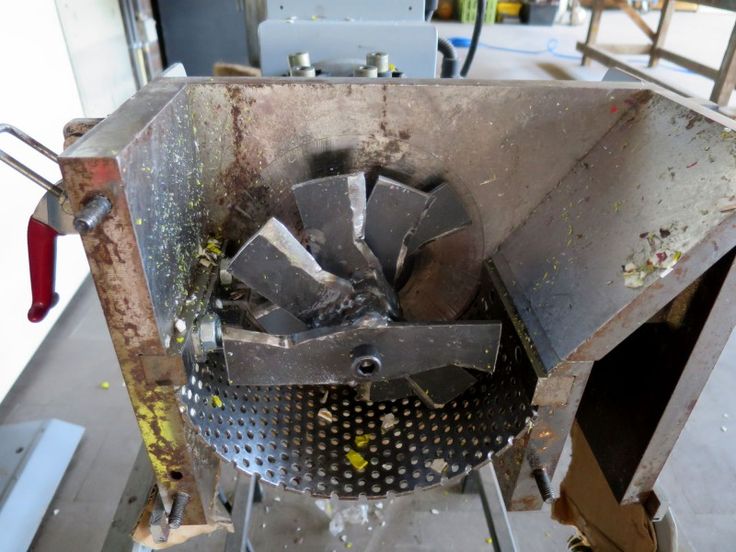 .. .. | |
| Main Markets: | North America, Southeast Asia/ Mideast, Africa, Others | |
| Terms of Payment: | LC, T/T | |
| Average Lead Time: | Peak Season Lead Time: one month Off Season Lead Time: one month |
A Company You Can Trust:
Established in 1987, Zhengzhou Harvest Machinery Company is located in YuZhou City, Henan Province, the factory covers an area of more than 20000 square meters and has a beautiful environment, a complete set of equipment, strong scientific research strength and advanced production technology, it is one of the first domestic enterprises specializing in the development, production, sales and services of tire recycling machine, nail making machines.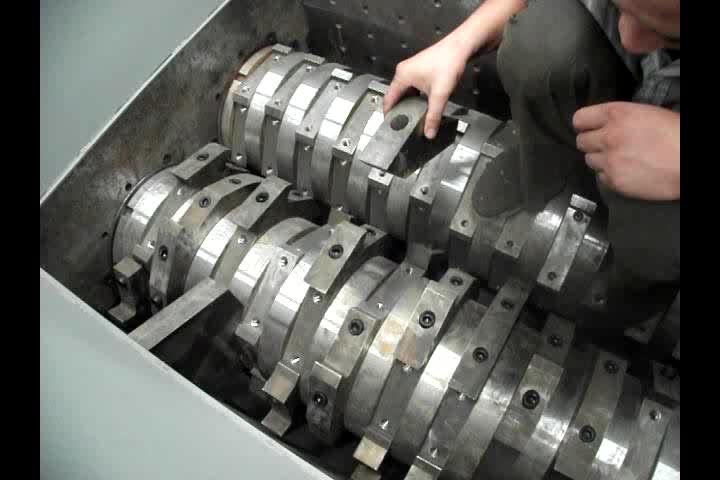 And have a good reputation in ...
And have a good reputation in ...
View All
Saudi Arabia customer
Algeria customers
Kenya csutomer
South Africa customers
Columbia customer
clients
*From:
*To:
Ms. Jane Liu
*Message:
Enter between 20 to 4,000 characters.
This is not what you are looking for? Post a Sourcing Request Now
Every year, thousands of tires go to landfills and landfills, despite the fact that for an enterprising person they are a free resource from which crumb rubber can be produced .
If you need it only once, you can buy it in the right amount from the manufacturers.
But where can you get crumb rubber if you need it on a regular basis and in large quantities?
Consider purchasing your own tire recycling equipment.
However, not everyone can afford a full installation , and not everyone will find such an investment profitable. The way out is to create equipment with your own hands, and use it to produce crumb rubber from tires at home.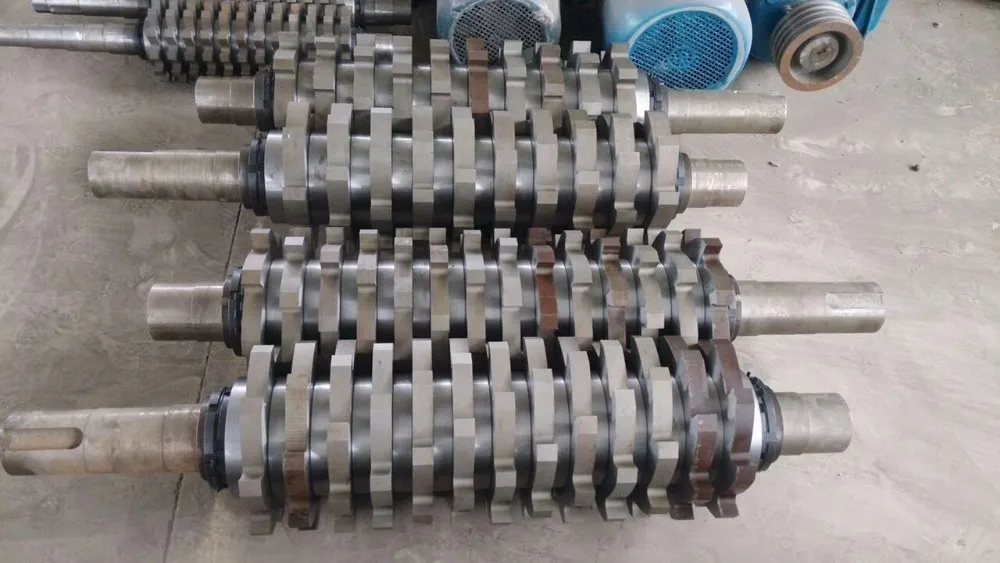
Maintenance
If you need very little raw material, you can do without equipment at all.
All you need is scissors and cutter .
The metal cord is first removed from the tire, then divided into strips and crushed into smaller fractions to the required size .
This completes the process.
Finishing material for paths, flower beds or a separate playground, ready to use.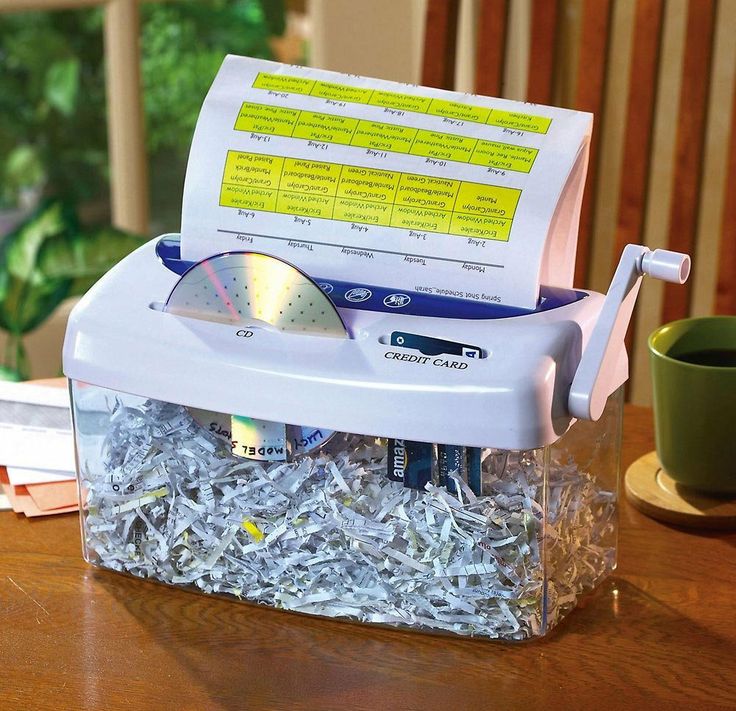
But in order to get more raw materials or have an income from tire recycling at home, you need the right equipment.
There are three main methods of crumb production:
The first two methods require a large investment. The third option is available to everyone who has the ability and desire to make a crusher at home.
The necessary units can be made independently in the workshop or at the production site - where there are metal-cutting machines (turning, milling) and a welding machine for the manufacture of component parts.
If you cannot machine the workpieces yourself and you have to order them according to your own drawings, the cost of tire recycling machines will still be is several times cheaper than than similar purchased units.
The main component of the tire recycling line is a shredder (rubber grinder). Let us consider in more detail the purpose of the nodes of this machine.
The machine consists of the following main components:
Unit parts are mounted on a strong frame welded from channels.
The main unit of the rubber crusher is the casing with the milling rolls.
At the same time, the cutting blades are made of high-strength steel and heat-treated, which significantly reduces their wear. They practically do not require sharpening during operation .
The calculation of the openings of the box, shafts and cutting elements must be accurate, so it must be done by a specialist in this field (designer).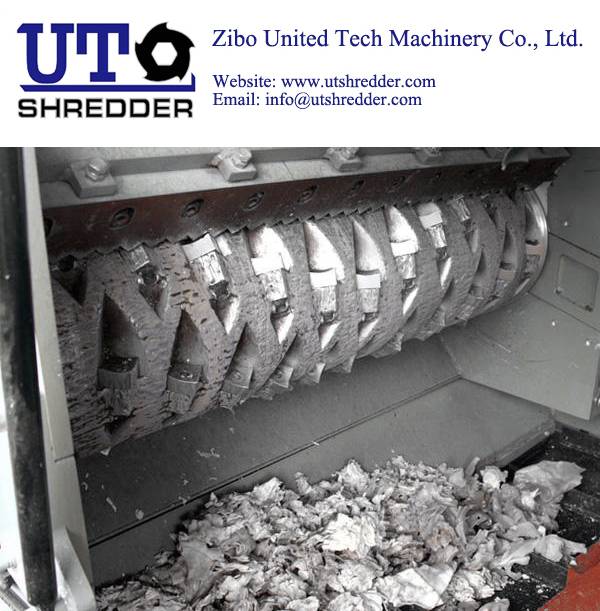
In order to obtain a calibrated fraction of tire raw materials, shredders are equipped with a special grate, which is installed under the windrows.
Shafts with disk cutters rotate separately, directly from worm gears connected to electric motors through couplings.
The gear ratio is selected from 25 to 35 so that the cutting is free of sticking and at a sufficient speed .
The frame is welded from profile elements, ensures the reliability and stability of the unit during operation, as well as loading and unloading operations.
The tire recycling plant is equipped with a tire loading hopper and a chute for removing the finished crumb rubber.
Thanks to its design, the hopper eliminates blockages from the raw material and guarantees a directional movement of the crop towards the rotating rolls.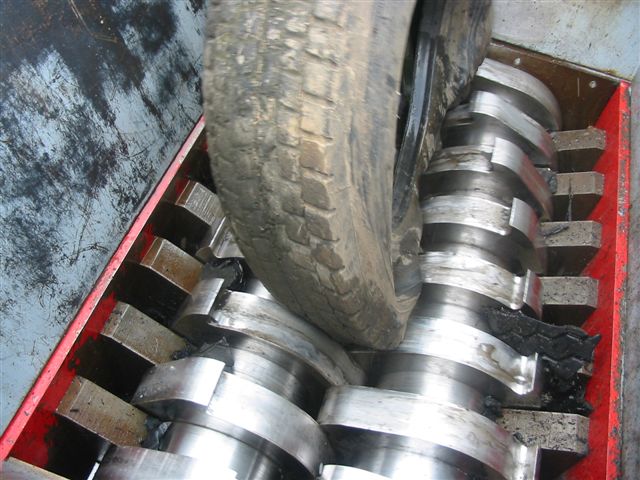
Tire cutter and cord remover consists of base frame and stand .
The carcass has a tire clamping mechanism that rotates with the tire during cutting. The engine speed is reduced due to the different diameter of the pulleys. There is a built-in wedge-shaped cutter on the stand, which is adjusted to a certain size by moving the quill.
The process chain consists of several preparatory steps before the desired fraction is produced.
This procedure includes:
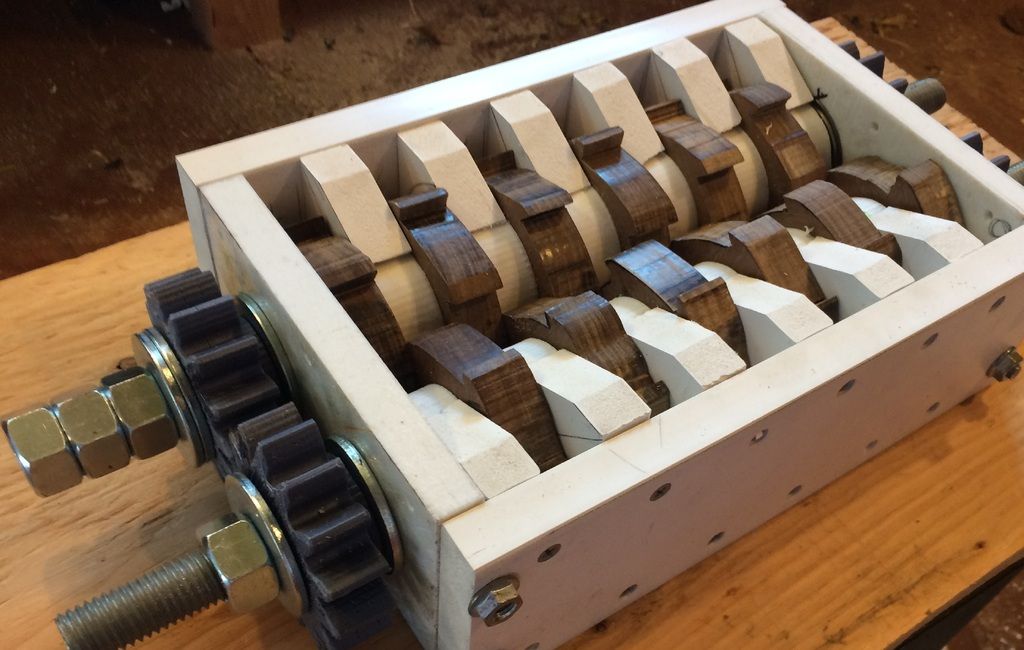
The operation of these two main units during the processing of tires is done in semi-automatic mode .
For the normal operation of this line, a room of about 150-200 sq. meters. This is due to the fact that you need a place for the location of not only equipment, but also for storing worn tires, finished tire products and metal waste.
The production of rubber crumb on this equipment per hour will be approximately 200-800 kg and up to 100 kg of scrap metal, 2-3 unskilled workers will be needed to service the machines.
In addition to tires, this equipment can process other rubber (conveyor belt, cameras, gas masks). The output is a crumb with sizes from 0.7 to 4 mm, while it is 65-85% of the total mass of raw materials.
Rubber crumb can be used:
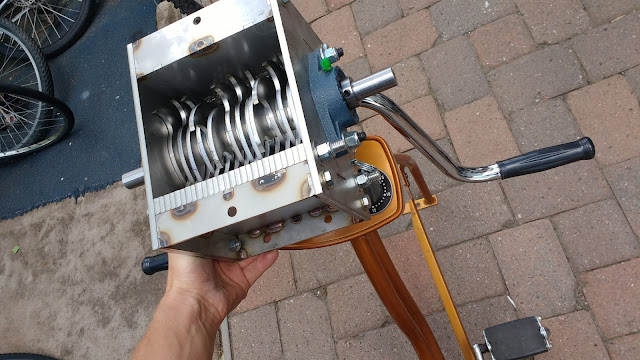
The price of crumbs will depend mainly on the quality of raw materials, and secondarily on the fraction.
The most popular is crumb, the fraction of which is 2-4 mm .
It is excellent for creating:
The popularity of such chips is due to the fact that the minimum amount of glue is used to glue these granules. A polyurethane binder is sometimes 5-8 times more expensive than crumbs.
In this video you can see how to grind rubber and make crumbs at home.
Making your own tire crusher is a good idea for those who want to make their own crumb rubber but are not prepared to spend tens of thousands of dollars on equipment.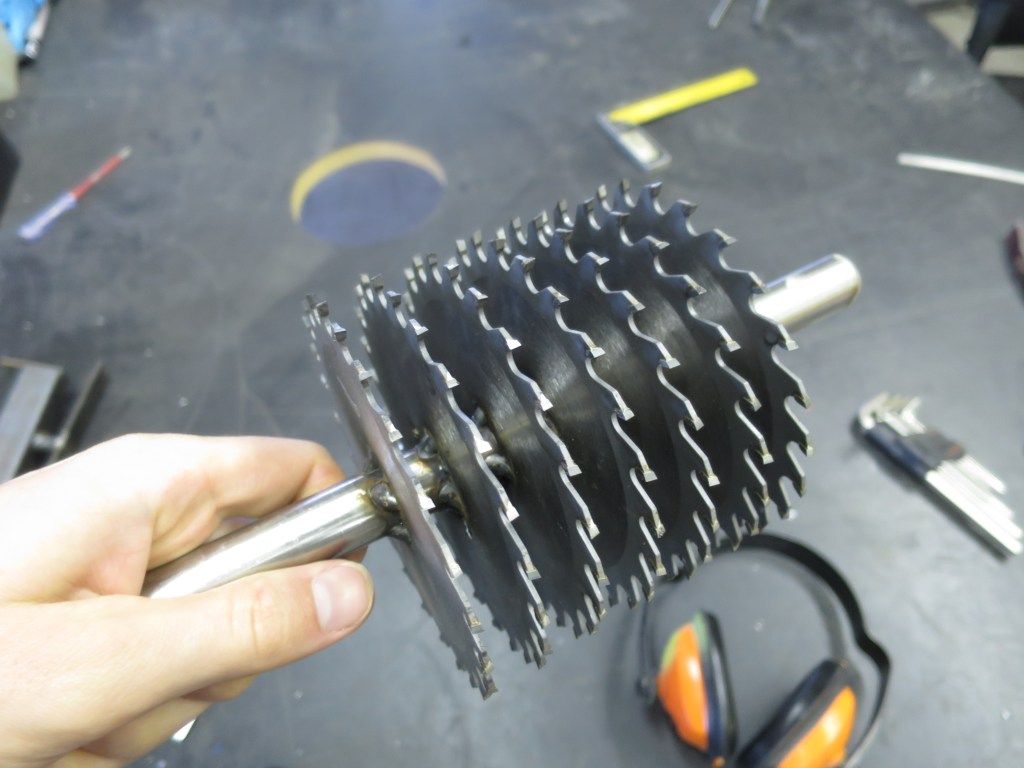
You can create a shredder with a carpentry workshop, as well as certain skills and materials, or use the services of people who specialize in this.
Homemade crumbs can be used for one's needs or sold to businesses and the public .
It has long been known that worn-out tires that are out of service are a potential source of environmental pollution and environmental damage. Recycling tires into crumbs at home is the same popular method, along with factory ones. Rubber waste from used tires is virtually non-biodegradable, taking hundreds of years to decompose.
It should be noted that this rubber waste is a flammable material, and if a huge number of tires ignite, they can pose a poisoning threat to everyone nearby, since the rubber releases carcinogenic toxins, such as benzpyrene, when burned. Storage in landfills leads to the reproduction of rodents and insects, which are sources of dangerous infections.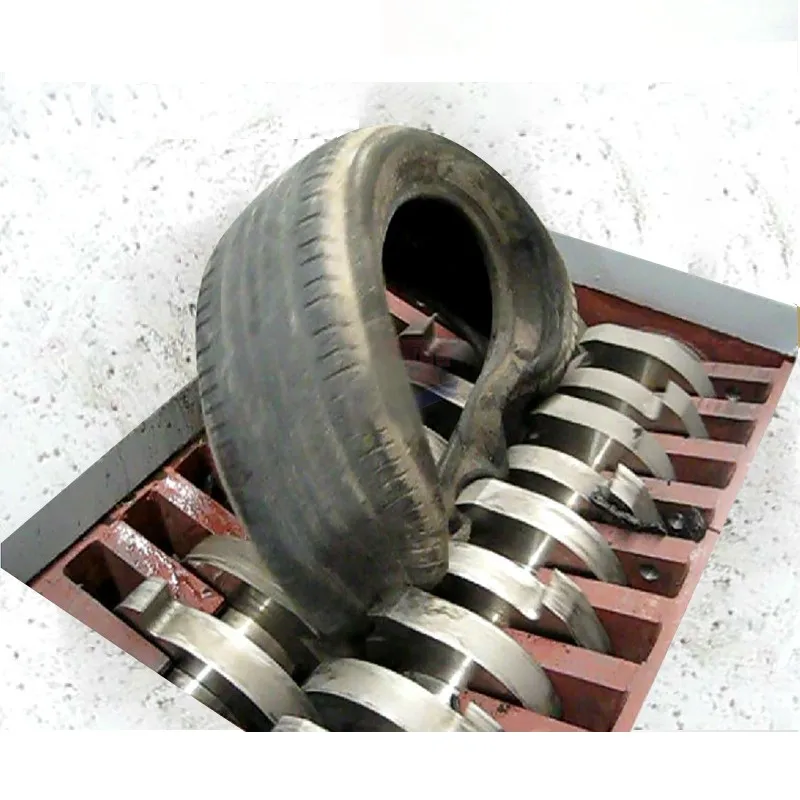 To avoid the deterioration of the environmental situation in Russia and abroad, proper disposal is required, namely, waste processing. Without constant recycling, an environmental crisis could set in very soon.
To avoid the deterioration of the environmental situation in Russia and abroad, proper disposal is required, namely, waste processing. Without constant recycling, an environmental crisis could set in very soon.
Contents
Recycling is also economically beneficial. From car tires, you can get various types of valuable recyclable materials, as well as produce a huge amount of finished products. Waste rubber powder of a very fine fraction (about 0.2 mm) is used to produce new car tires and rubber shoes , this secondary resource is popular in Russia and the CIS countries.
Powder from coarser waste is used in the production of composite roofing materials, rubber-bitumen mastic, waterproofing materials, and rubber coatings. Scrap metal is obtained from a metal cord, which is also used by Russian entrepreneurs. Also, textiles and rubber are obtained from tires.
Especially active and advanced people have the opportunity to recycle rubber with their own hands. What is needed for this? Spent chambers, tires, tires and a little ingenuity. Recycling tires into crumbs at home is a rather complicated undertaking. According to their properties, cameras from old tires are more suitable. They are softer and more easily amenable to external influences.
In one scenario, the rubber should be cooled down to about -75°C. Agree, not everyone has such an opportunity. Therefore, we will use the traditional scenario:
The rubber grinder in this case is an ax or scissors.
The most professional method. The technological line is a sequence of installed working devices, overcoming which the material becomes a finished product.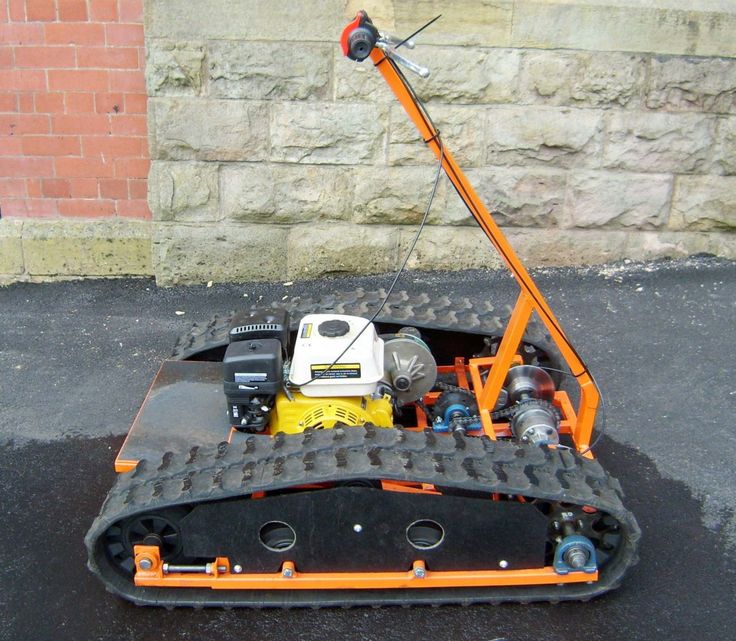
Processing into crumb rubber goes through three stages:
 After that, the crushed rubber crumb is divided into fractions and packed in polyethylene bags of 20 kg or in big bags (soft containers) with a carrying capacity of up to 1000 kg.
After that, the crushed rubber crumb is divided into fractions and packed in polyethylene bags of 20 kg or in big bags (soft containers) with a carrying capacity of up to 1000 kg. Today there are a sufficient number of manufacturers of this equipment on the Russian market.
In the chemical processing, tires are pyrolyzed. With this processing method, the thermal decomposition of rubber into its constituent elements occurs. Tires are pre-crushed into a homogeneous mass and sent to an oven, where they decompose at a temperature of 500 - 800 ° C. This procedure lasts 10 - 20 minutes. In the process of thermal decomposition of rubber, about 50% hydrogen and 26% methane are formed, as well as solid pyrolysis products, which are then used in wastewater treatment at wastewater treatment plants in Russia.
There is also an effective, but expensive physico-chemical method of processing tires into crumb rubber - cryogenic grinding of car tires.